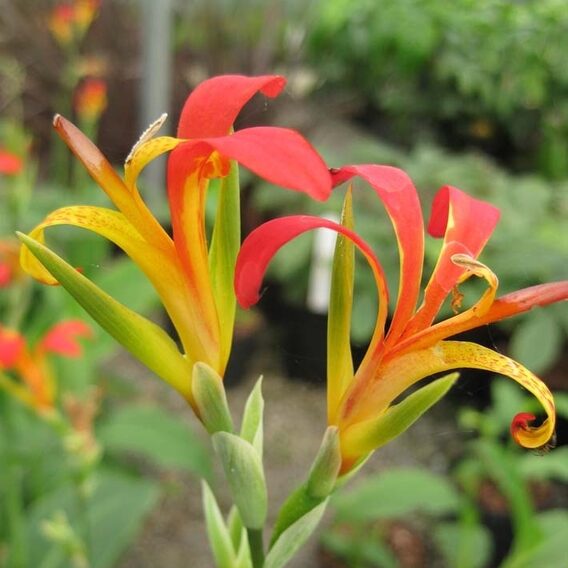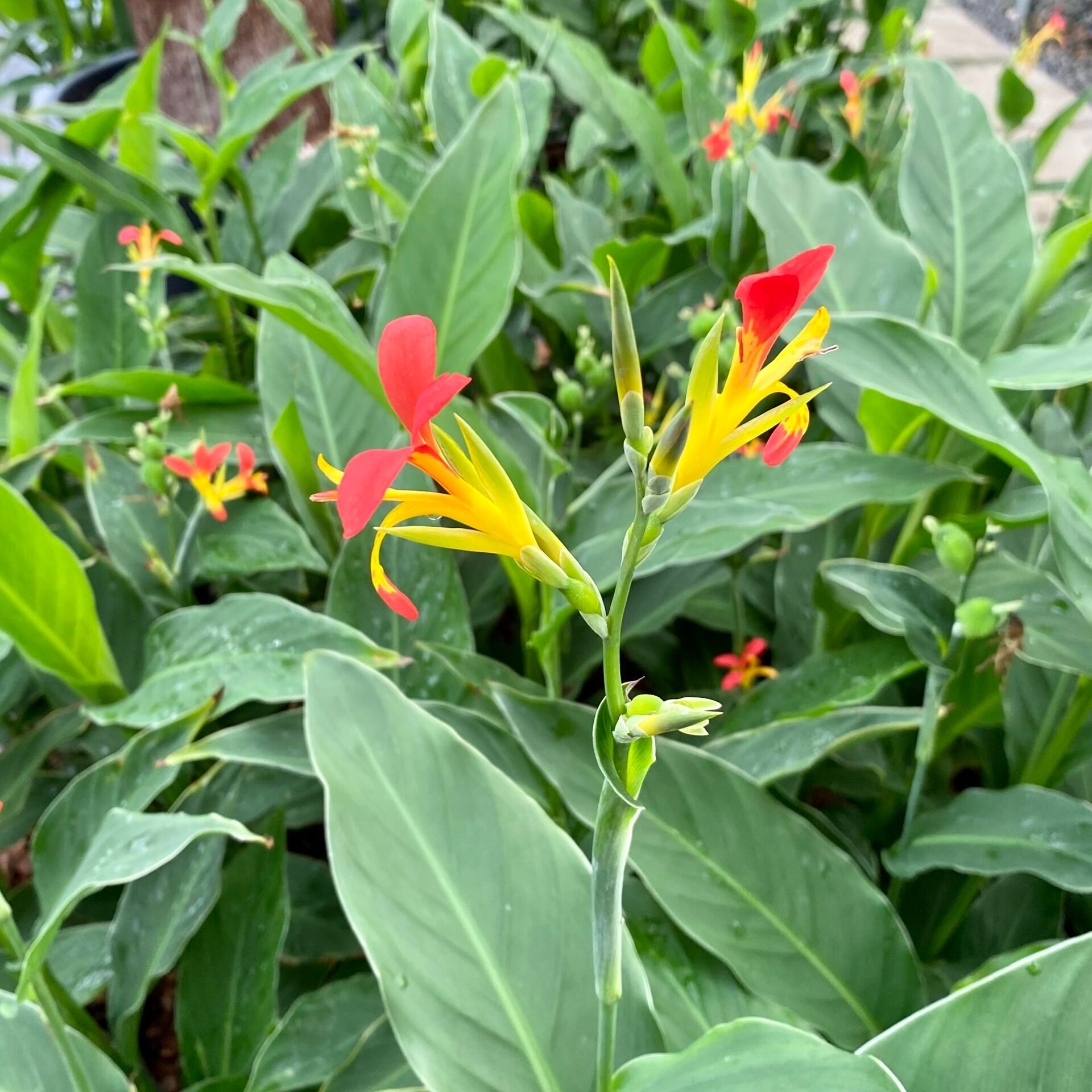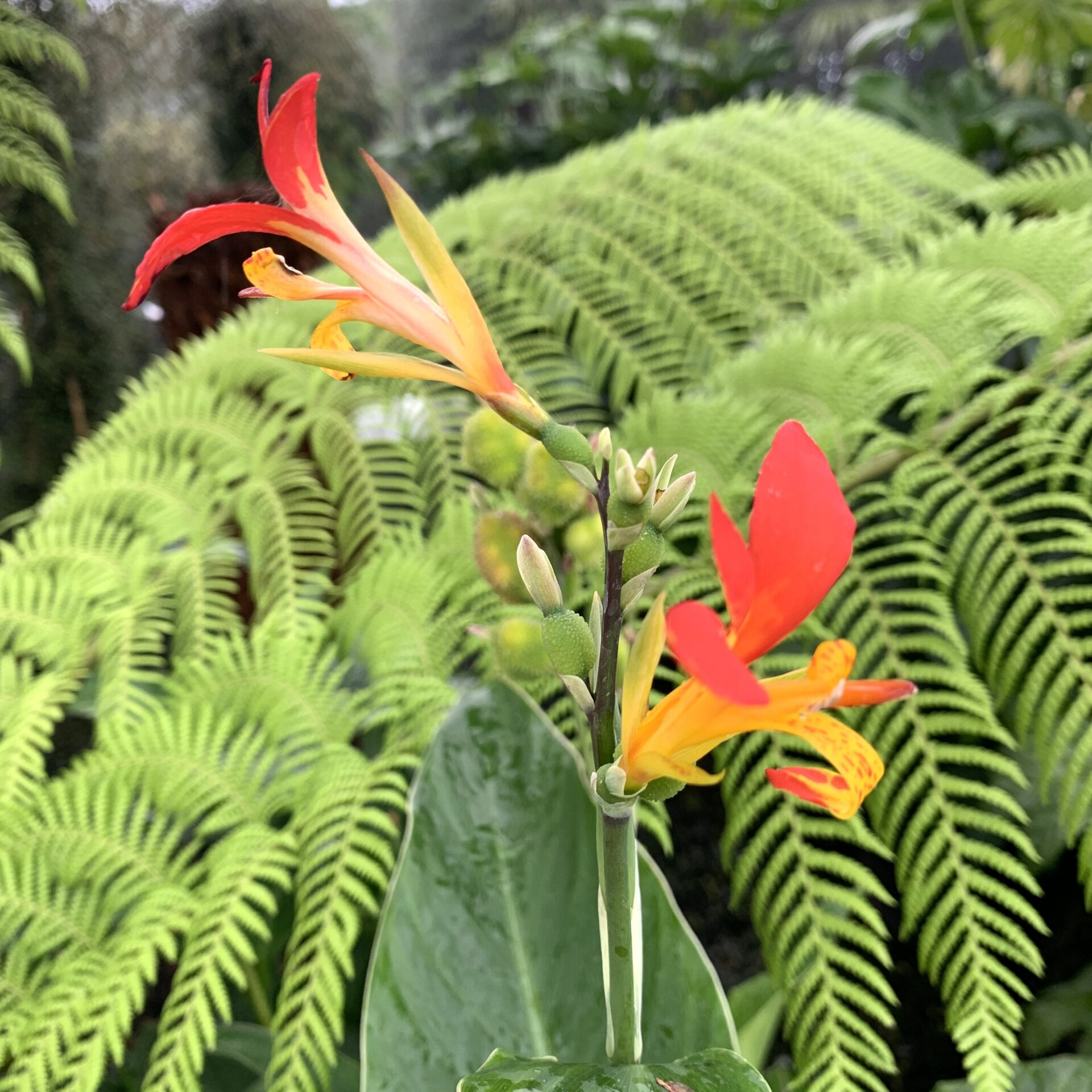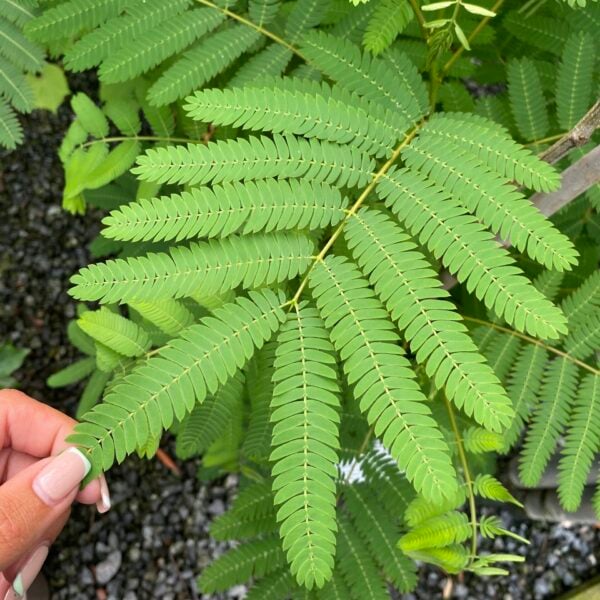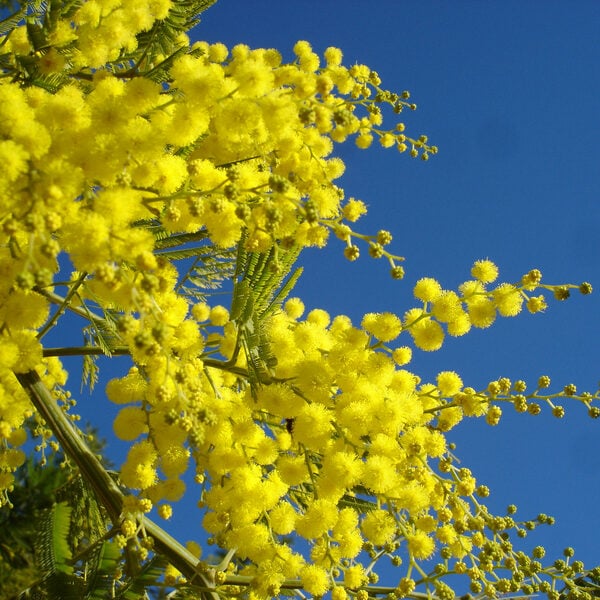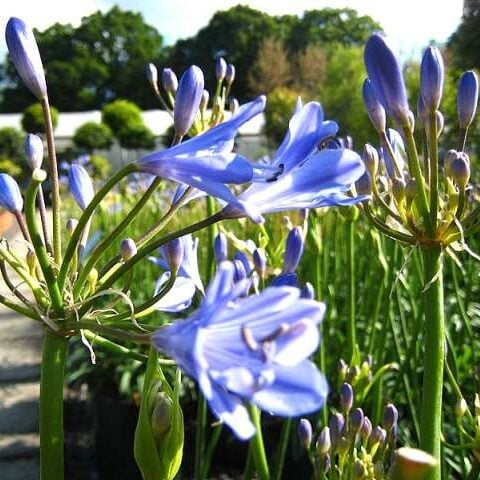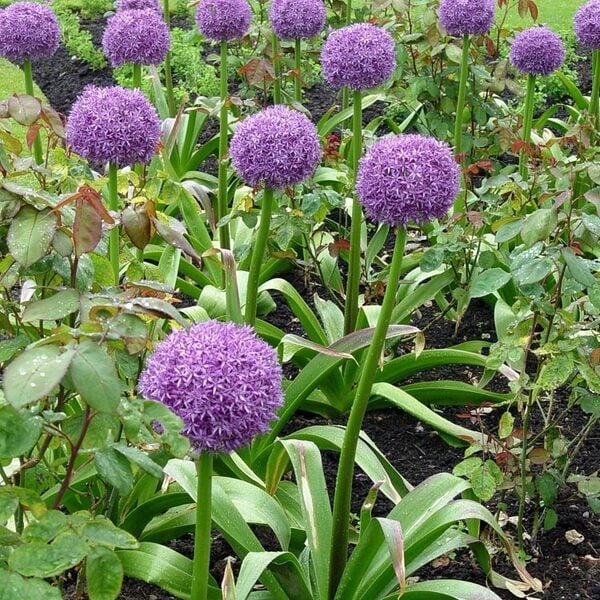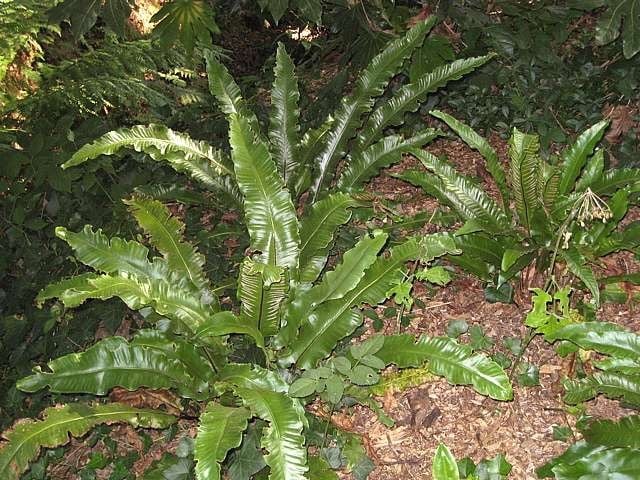Canna indica (Indian Shot Plant)
Exotic plant to about 5 ft, bright red and yellow flowers in late summer. Please contact us for stock availability and sizes.

Hardiness level Red
Exotica for the summer garden. This canna can reach to around 2m in height with leaves flushed bronze and small red or dark orange flowers. They're surprisingly good in breezy places - particularly roundabouts in Normandy. A fine site.
For best results, plant cannas in a warm, sunny position in rich, moist soil. Dig up in the autumn and store roots in dry peat in frost-free conditions over winter, in colder areas. Can be left outside in mild areas but even there, a good idea to mulch in winter after removing the collapsed leaves. Excellent grown in a pot, but be careful not to over water in the winter and early spring, keep the soil almost completely dry. It can be as late as May before they break into growth again and then keep well fed and watered for the summer. As the roots bulk up, they can be divided and re-potted.
Start feeding weekly with Tomato Food (e.g. 'Tomorite') around February through to when the flowers emerge. Tomato food is designed to get tomato plants to flower and fruit as much as possible by feeding with lots of potash but very little nitrogen.
Propagated by us by division.
Additional Information |
|
|---|---|
| Soil Type | |
| Light | |
| Plant Type | |
| Continent of Origin | |
| Specialist Plants | Grown by Us, House Plants/ Indoor Plants, Mediterranean, Rare & Unusual (Collectables) |
| Situation | Coastal, Conservatories, Mild City Gardens, Plants for Pots, Sheltered Garden |
| Flower Colour | |
| Hardiness | |




